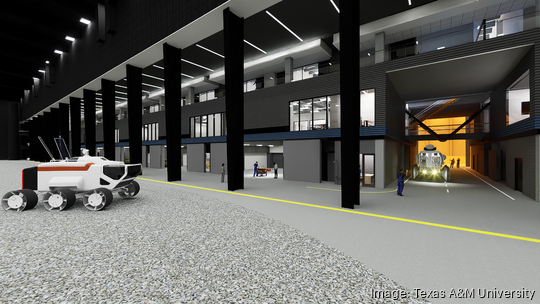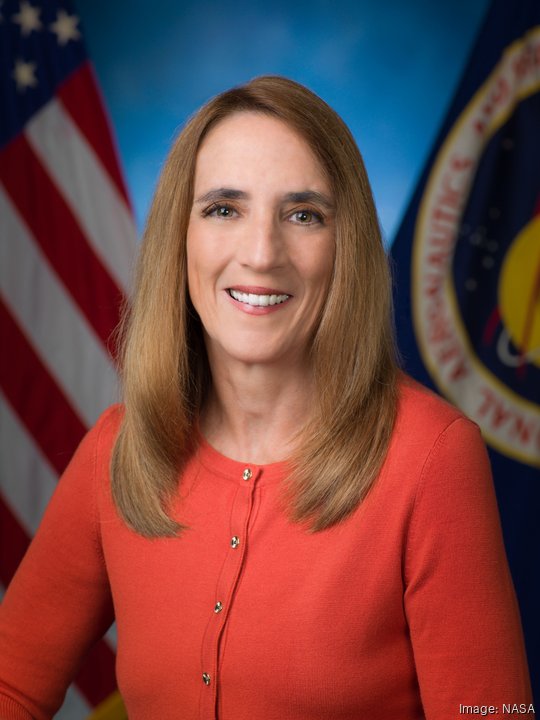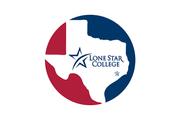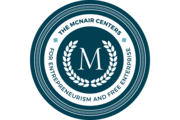
The first major milestone of Texas’ state-funded space initiative will begin construction in Houston this fall.
Nancy Currie-Gregg, director of the Texas A&M University Space Institute, confirmed to the Houston Business Journal in an exclusive interview that the $200 million building will begin construction in mid-November — and that discussions are already ongoing with companies looking to use the institute's moon and Mars testing beds. The building is expected to be complete in 2026.

Currie-Gregg, a former NASA astronaut who has flown on four space shuttle missions, said that the university has received several inquiries from smaller companies that are looking to make the Houston area their new home.
“Especially in the commercial space industry, there are a lot of small companies now getting into space. You have your big players, like Boeing, Lockheed and SpaceX, but there are a lot of startup companies across the board,” Currie-Gregg said. “Those companies have options to go to other states — California and Florida come to mind, even Alabama for military space — so we want to make it attractive for those companies to come to Texas.”
The Institute will be built on 32 acres at NASA’s new Exploration Park development on Saturn Lane just outside the controlled-access area of Johnson Space Center. The building is approximately 400,000 square feet, Currie-Gregg said.
During a Sept. 24 Texas House Appropriations Committee hearing, Currie-Gregg also said that TAMU has submitted a National Environmental Policy Act approval request to NASA, which must be completed before construction can begin.
"I have to thank this committee because the dream of creating this world-class facility would not be possible without the incredible financial support and encouragement of elected officials throughout Texas," Currie-Gregg told legislators. "I want to express my personal appreciation for your vision and commitment to invest in the future of space exploration and trusting Texas A&M University with that investment."
Two Houston-based companies — Energy Architecture and Vaughn Construction — have been tapped as the architect and contractor for the project, according to Currie-Gregg.
The Space Institute is being built as part of the Lone Star State’s push to remain competitive with both established space economies like Florida’s as well as emerging challengers like Colorado. Spearheaded by Texas State Rep. Greg Bonnen, R-Friendswood, the $350 million legislative package was approved last year and funded both the institute and two new committees, including the Texas Space Commission, where Currie-Gregg holds a seat.
Although the facility is outside the JSC's controlled-access area, Currie-Gregg told the HBJ that the building will still require badged access, since many of the projects that will take place there fall under the U.S. Department of State's International Traffic in Arms Regulations, which control the export of military and defense technologies. TAMU's lease at Exploration Park calls for NASA approval of any tenants within the Space Institute, according to Currie-Gregg.
While companies await the institute's completion, the Texas Space Commission also launched new grant applications for the Space Exploration and Aeronautics Research Fund. That fund will dip into the remaining $150 million that the Legislature approved, Norman Garza, the commission's first executive director, said during an Aug. 30 meeting.
The commission is also considering non-monetary ways to incentivize companies to come to Texas, Currie-Gregg said.
"The space commission is also looking at things beyond just literal funding," Currie-Gregg said. "How can we help companies enter the space market in Texas? Are there tax incentives that we can give to companies? Are there [things] that we can propose back to the Legislature and say, 'We don't need dollars necessarily; here's what we need in terms of how the state can help and be friendly to those companies who are very interested — whether they're startups or large companies — in relocating to Texas.'"
For an exclusive conversation with Nancy Currie-Gregg, and a first look inside the Space Institute, check out the Oct. 4 weekly edition of the Houston Business Journal.
Sign up here for the Houston Business Journal’s free morning and afternoon daily newsletters to receive the latest business news impacting greater Houston.





